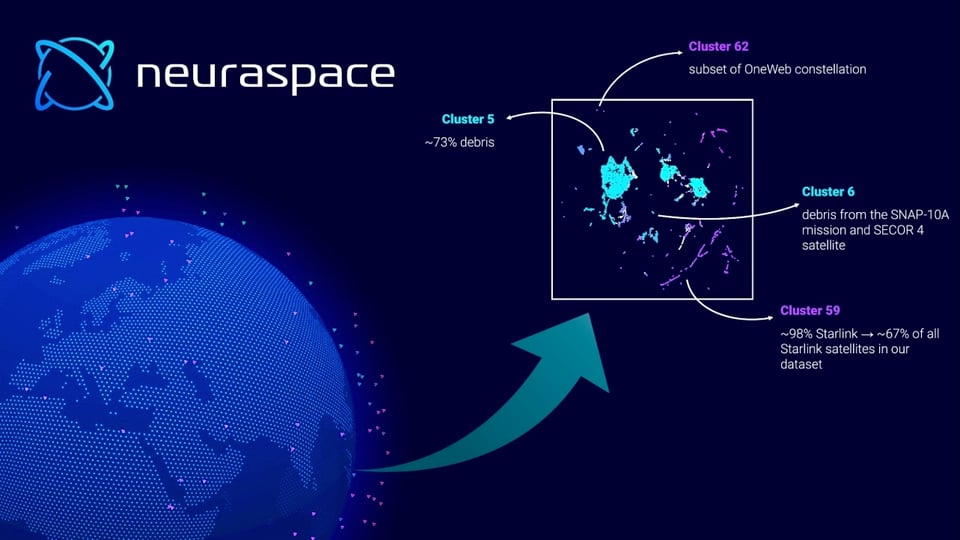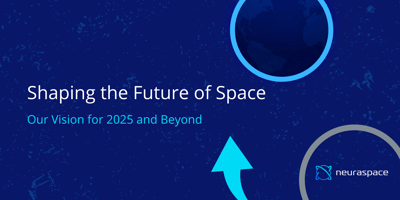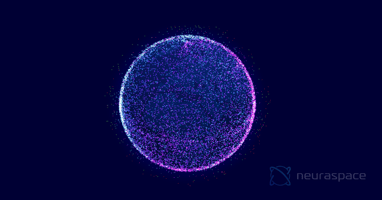Patterns of Life in Orbit: How Neuraspace Is Making Sense of Satellite Behaviour
![]()

Effective space domain awareness and space traffic management/coordination depend on anticipation, not just detection. That’s the problem Neuraspace is solving. As Low Earth Orbit (LEO) becomes increasingly congested and contested, understanding what every object is doing – and why – is more critical than ever.
That's why we've been working on something powerful.
💡 Using publicly available orbital data, we developed a deep learning model to group resident space objects (RSOs) not by who owns them, or what they’re called, but by how they behave over time. This represents a scalable method for behavioural clustering at orbital scale.
🔍 Rather than relying on labelled datasets, we adopted an unsupervised learning strategy. Our approach builds on advanced representation learning methods inspired by techniques used in computer vision, reimagined for time series in space.
The results? Eye-opening:
- We uncovered natural clusters of RSOs, revealing formations like Starlink subsets and even groups of debris from single launch events – all without prior knowledge of their identities.
- Our model identified subtle variations in orbital behaviour that may hint at station - keeping manoeuvres or system anomalies.
- Even when working with noisy and imperfect inputs like TLE data, the system demonstrated robust performance.
🛰️ This goes beyond pattern recognition – it lays the foundation for the next generation of space domain awareness. And it’s only the beginning. We are actively exploring how to enrich our models with additional data sources, improve real-time decision-making, and contribute to a safer, more intelligent space environment.
Want to explore the technical details? We’ve published a deeper dive into the methodology – read the paper here.


